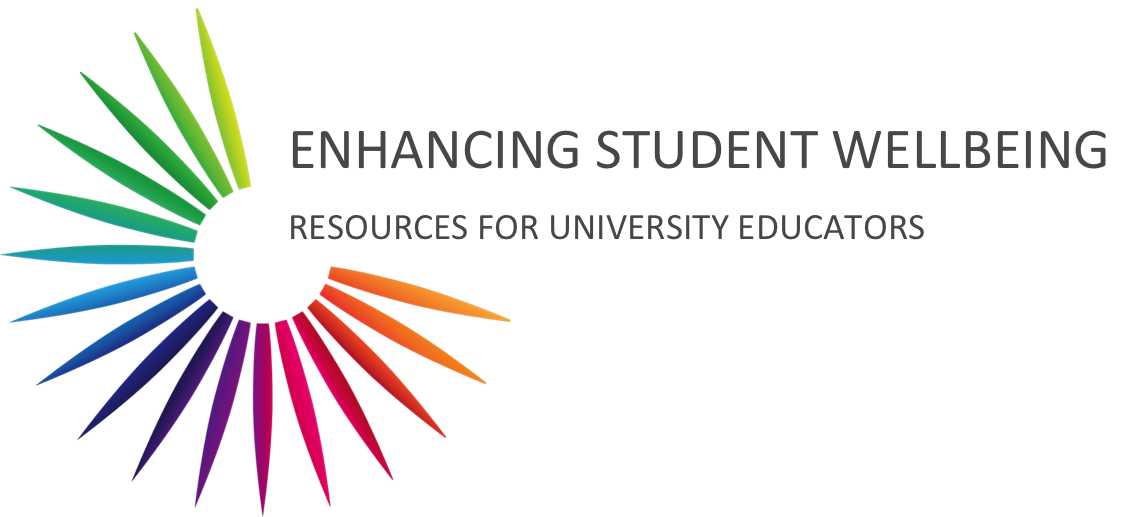What is mental health and how does it affect student learning? Why are some students experiencing high levels of psychological distress while others are thriving?
Hear from psychiatrist and educator, Dr Lee Allen.
Download transcript
Students and Mental Health
What is ‘mental health’?
Many people experience mental health difficulties – resulting from mental illness or psychological distress – at some point during their lives.
How does mental health affect student learning?
Positive mental health (or wellbeing) means students will have the resilience, motivation and persistence needed to engage effectively in complex learning tasks, manage stressors, respond positively to challenges and make the most of the opportunities available.
Are university students distressed?
In combination, these studies suggest that young people attending university may be at increased risk for experiencing high levels of depressive, anxiety and stress symptoms, compared with other young people in the community. The studies certainly tell us that a substantial proportion of the students in any university class will be experiencing some mental health difficulties.
Some students are thriving – why the variance?
- Some, but not all, university students experience a range of stressors that impact learning, such as: academic under-preparedness; financial strain; social isolation; poor physical health; or controlling parental expectations.
- Some, but not all, university students enjoy strong psychological resources that support effective learning, such as: an integrated sense of self (authentic autonomy); strong connections with others who share your values (providing a sense of belonging); secure and loving personal relationships (relatedness); and experiences of being effective and able to meet the academic demands of their course (competence).
An individual’s psychological resources, and hence their capacity to manage stressors and take advantage of resources within their environment, can be strengthened through positive personal habits and practices. Several web-based programs are now available to assist university students to develop these practices, such as mindfulness meditation, effective time-management, self-regulation and positive self-talk (we’ve listed several of these in the Useful Websites section, at the end of our References page).
The importance of environmental settings
As discussed in the next section, there are numerous stressors impacting contemporary students. While it is often not possible to restrict or eliminate these stressors, students’ psychological resources can be enhanced (rather than further depleted) by settings and practices in the teaching and learning environment. The resources in this website offer strategies and examples to support university educators to design teaching and learning environments that better support student mental wellbeing, thereby assisting all students to achieve their academic potential.
Research Snapshot 1.1: High levels of psychological distress among Australian university students
There is now a strong and expanding evidence base indicating that mental health difficulties are prevalent in university student populations across Australia, the UK and USA.
- University students are a ‘high risk’ population for mental health difficulties given that the prevalence of mental disorders is highest in the 16-24 year old age group. However, empirical studies suggest that young people undertaking university study may be experiencing higher levels of psychological distress than their age-matched peers in the general community (APS, 2014; Stallman, 2010)
- Commencing first year undergraduate students often report less distress than subsequent year students, indicating that the decline in student wellbeing occurs during the first year of university life and persists throughout the degree (Stallman, 2010)
- International and domestic students report similar levels of psychological distress (Schofield et al, 2016)
- While academic field of study accounts for some variation in students’ distress levels, high levels of distress have been recorded for students in diverse academic programs including Science, Engineering, Veterinary Medicine, Law and the Bachelor of Arts (Larcombe et al., 2015).

